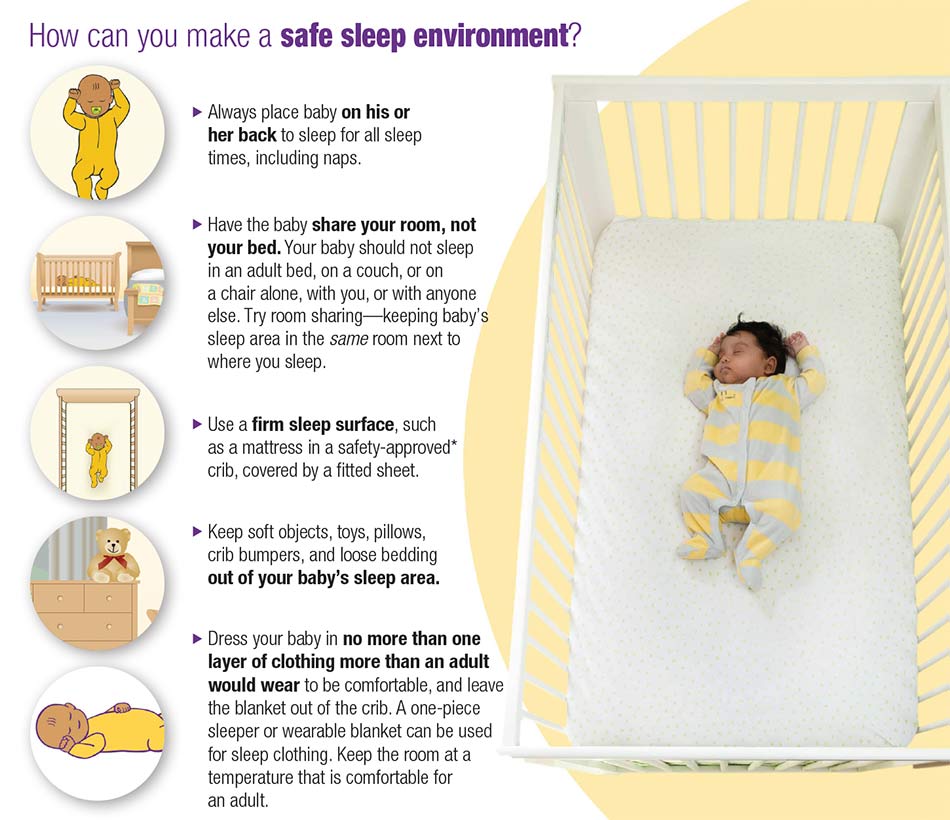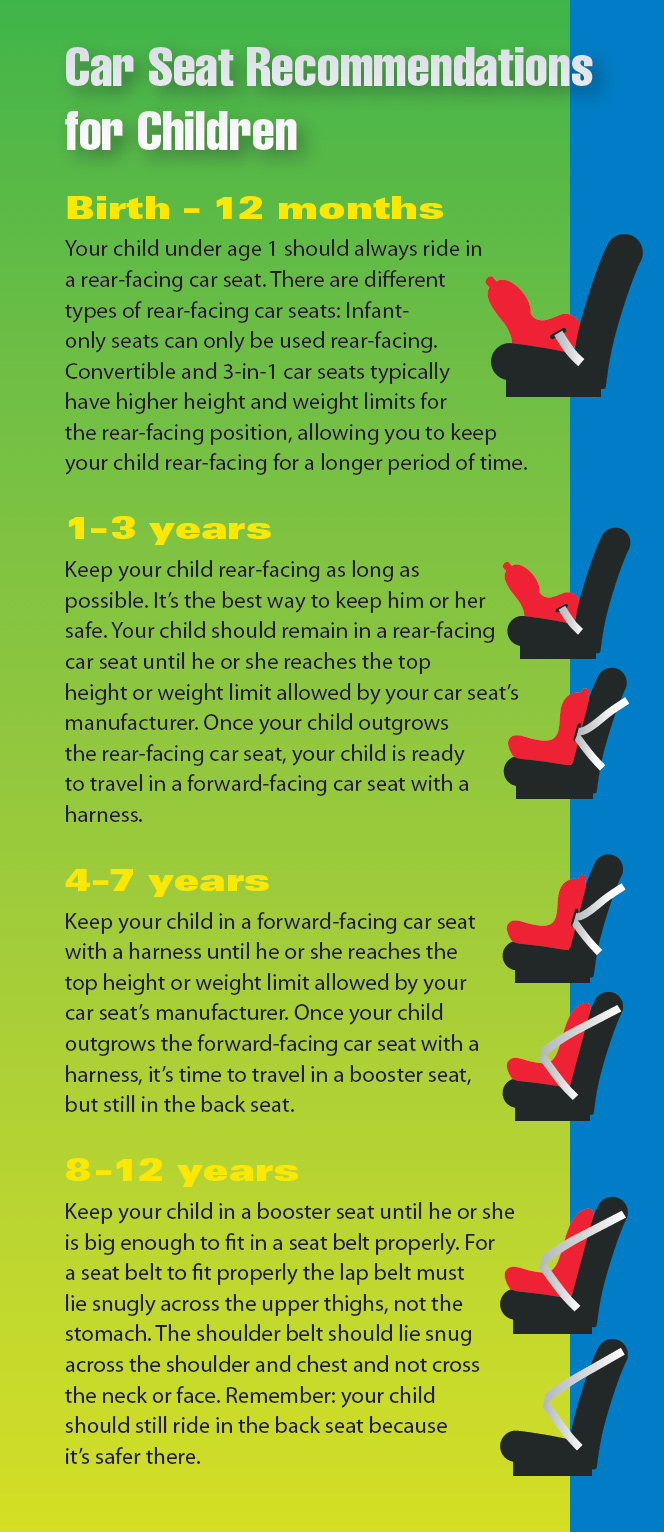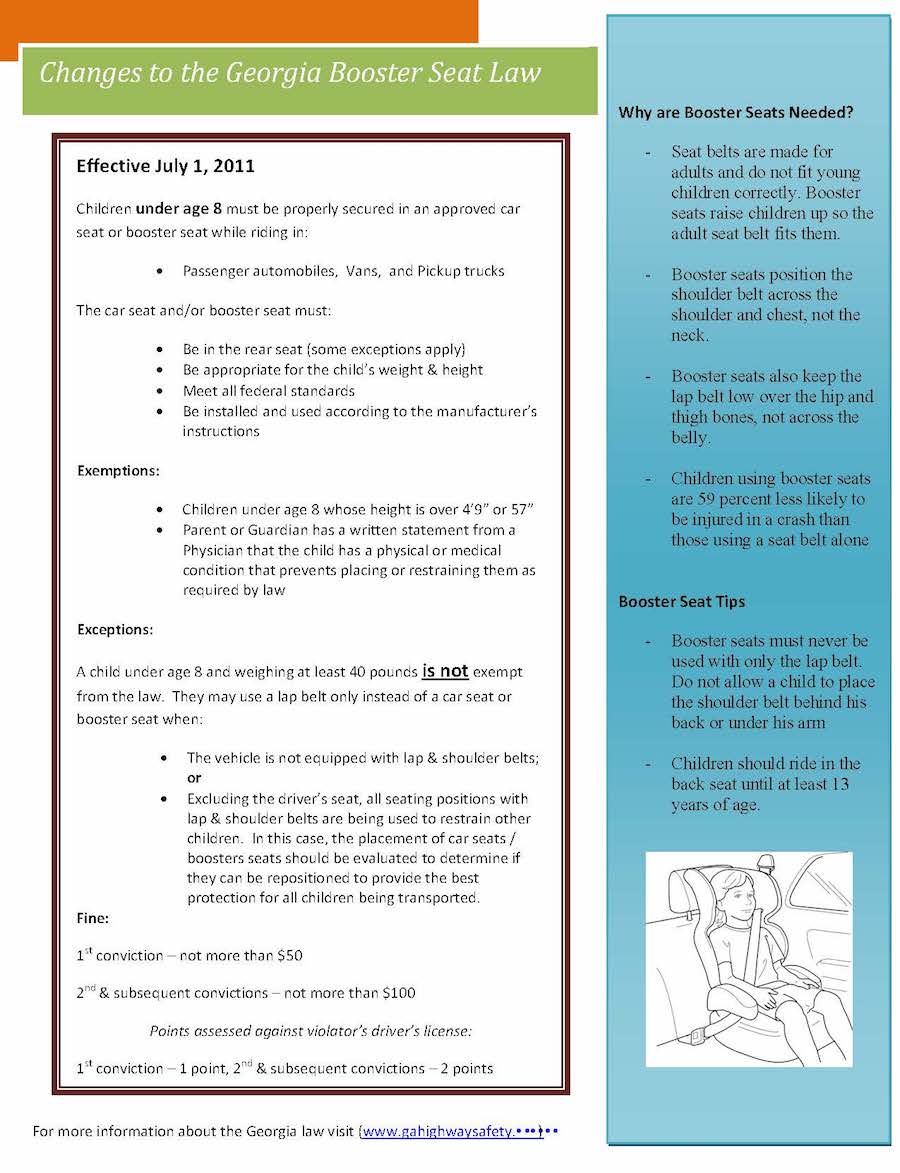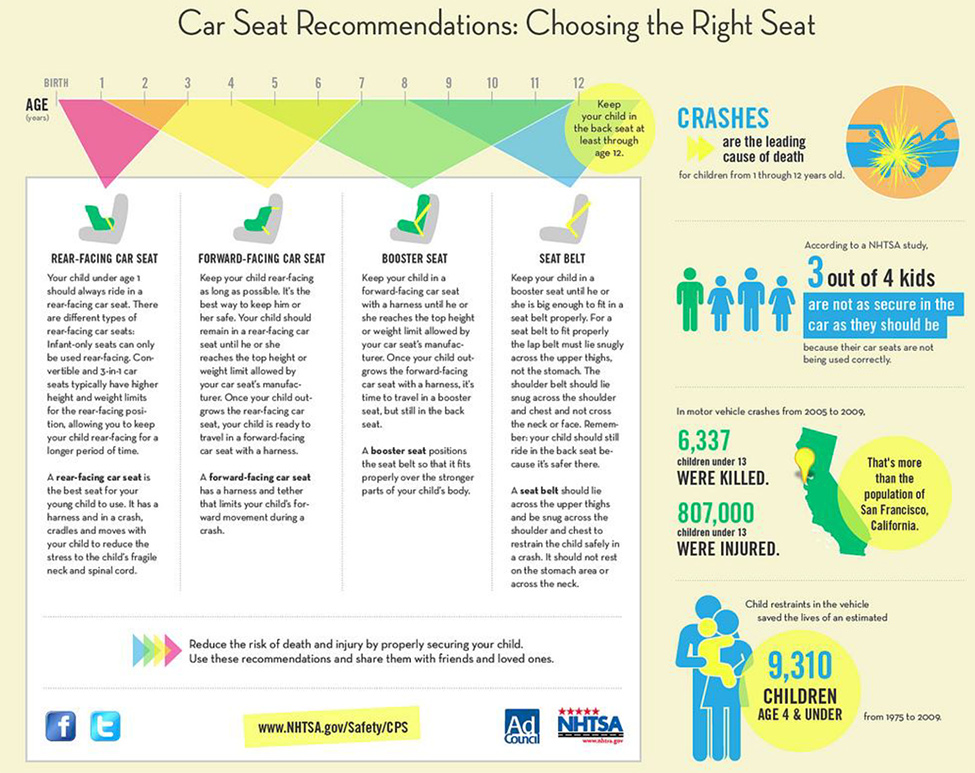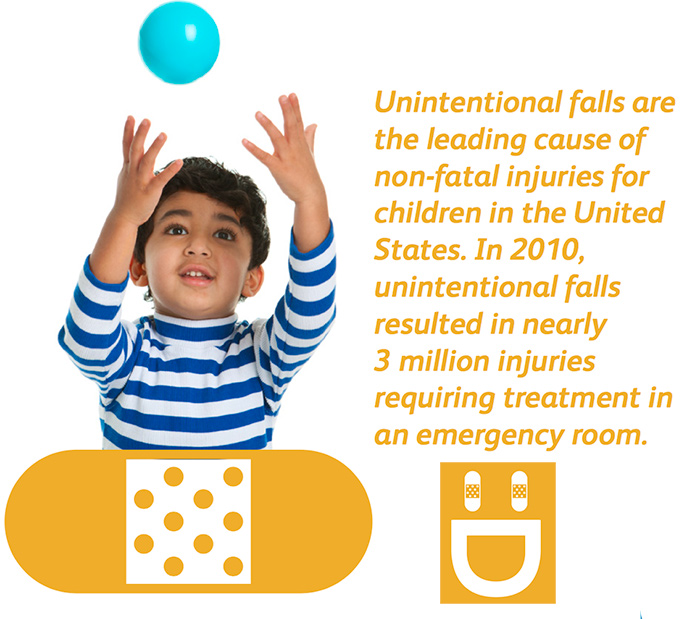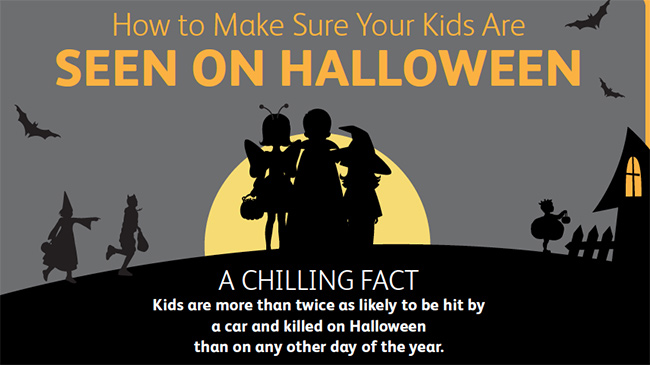Did you know?
- SIDS is the leading cause of death in infants between 1 month and 1 year of age.
- Most SIDS deaths happen when babies are between 1 month and 4 months of age.
- Each year, about 4,000 infants die unexpectedly during sleep time, from SIDS, accidental suffocation, or unknown causes.
- SIDS is not a risk for babies 1 year of age or older.
Safe Sleep History
Beginning in 1992, the American Academy of Pediatrics (AAP) led national efforts to begin establishing infant sleep recommendations. The organization worked to debunk popular perception that infants should sleep on their stomach, or formally called the “prone position,” and instead be placed on their back, or the “supine position,” when sleeping.
AAP’s infant sleep recommendations have evolved over the past two decades to include environmental factors that contribute to safer sleep times for infants like eliminating tobacco smoke in areas where infants sleep or reside, maintaining moderate room temperatures and ensuring infants avoid sleeping on soft surfaces such as adult beds, pillows or couches.
![Is your baby sleeping safety?]()
These recommendations are now widely accepted as the ABCs of Safe Infant Sleep and are the cornerstone of the Georgia Safe to Sleep campaign:
Alone – Babies should sleep alone in their own sleep space, close to but separate from their caregiver. Parents and caregivers are encouraged to share a room with the baby, but avoid sleeping in the same bed with the infant.
Back – Babies should be placed on their back to sleep. Studies show that placing infants on their back for all sleep times, including naps and at night, reduces the risk of SIDS.
Crib – Babies should sleep in a crib or bassinet that meets standards set forth by the Consumer Products Safety Commission. The mattress should be firm and covered with a tight-fitting bottom sheet made specifically for the crib. No blankets, quilts, crib bumpers, toys or any objects should be in baby’s sleeping space.
Georgia’s Safe to Sleep campaign also includes a hospital-based program that provides policy guidance and educational tools on safe infant sleep practices to medical, nursing, breastfeeding, child birth education and nutrition staff members. This vital information enables the state’s birthing centers to model and educate caregivers on AAP’s sleep recommendations before infants leave the hospital.
Room Sharing Recommended by the AAP
The American Academy of Pediatrics (AAP) Task Force on Sudden Infant Death expanded its recommendations on the promotion of safe infant sleep environments in October of 2011 and updated them in October of 2016. One of the recommendations involves room sharing as opposed to bed sharing for the first year or at least, up to 6 months of age.
This idea involves moving the infants sleep area into the same room as his or her parent’s room. This allows the infant to be close to but, separate from, the parent. The parent is able to monitor the infant but, the infant is removed from any risks of entrapment and suffocation associated with bed sharing. If a family has a nursery set up before baby arrives and then, only hears about room sharing after the baby is born, they are required to either move the crib (often requiring disassembly to fit through the bedroom doors) or purchase another temporarily sleep space. Parenthood is already a lot of work and this is an unnecessary extra burden for parents and caregivers with newborns.
Introducing the idea of room sharing to expecting parents prior to the birth of their baby allows them the opportunity to consider the recommendation, decide if it is a good fit for their family and, make the needed changes to their sleep arrangements.
Why consider room sharing at all?
- There is evidence that sleeping in the parents’ room but on a separate surface decreases the risk of SIDS by as much as 50%.
- Placing the crib close to the parents’ bed so that the infant is within view and reach can facilitate feeding, comforting, and monitoring of the infant.
- Room-sharing reduces SIDS risk and removes the possibility of suffocation, strangulation, and entrapment that may occur when the infant is sleeping in the adult bed.
Additionally, it is very easy for a parent to fall asleep while feeding baby, especially during those early morning feedings. Evidence suggests that it is less hazardous to fall asleep with the infant in the adult bed than on a sofa or armchair, should the parent fall asleep. When room sharing is the chosen sleep situation, in the circumstance when a parent accidentally falls asleep, they can quickly and easily move the infant back to his or her own sleep space and then, resume sleeping themselves. The risk of death increases with the duration of bed or other surface sharing so, this is an important reason to encourage room sharing.
How to put your baby to sleep safely every time
![How to put your baby to sleep safely every time.]()
More about the Georgia Safe to Sleep Campaign
Each year in the U.S., more than 3,500 infants, without a prior known illness or injury, die suddenly and unexpectedly from sleep-related causes such as SIDS and Accidental Suffocation and Strangulation in Bed. As of 2015, Georgia averaged three infant deaths per week due to sleep-related causes, which are mostly preventable.
Georgia leaders have come together to combat this issue by introducing the Georgia Safe to Sleep campaign, a statewide initiative designed to raise awareness about sleep-related infant deaths and evidence-based sleep practices.
Campaign Goals
The Georgia Safe to Sleep campaign will provide tools and resources that strengthen policy, provide consistent education and change infant sleep environments in an effort to achieve four primary objectives:
- Prevent infant sleep-related deaths in Georgia
- Empower professionals in multiple disciplines to educate parents about safe sleep environments and ensure they see proper sleeping practices modeled in hospitals
- Disseminate accurate and consistent messages that empower families to make informed decisions about infant sleep
- Increase access to resources that support behaviors that protect infants from sleep-related deaths
![Safe Sleep Awareness and SIDS Prevention]()
For more information or if you have questions, please contact, Terri Miller, the Georgia Safe to Sleep Campaign Coordinator at: terri.miller@dph.ga.gov at 404-825-4304.
Read the full report: SIDS and Other Sleep-Related Infant Deaths: Updated 2016 Recommendations for a Safe Infant Sleeping Environment, TASK FORCE ON SUDDEN INFANT DEATH SYNDROME Pediatrics; originally published online October 24, 2016; DOI: 10.1542/peds.2016-2938
**Did you know fact source: National Institute of Child Health and Human Development







